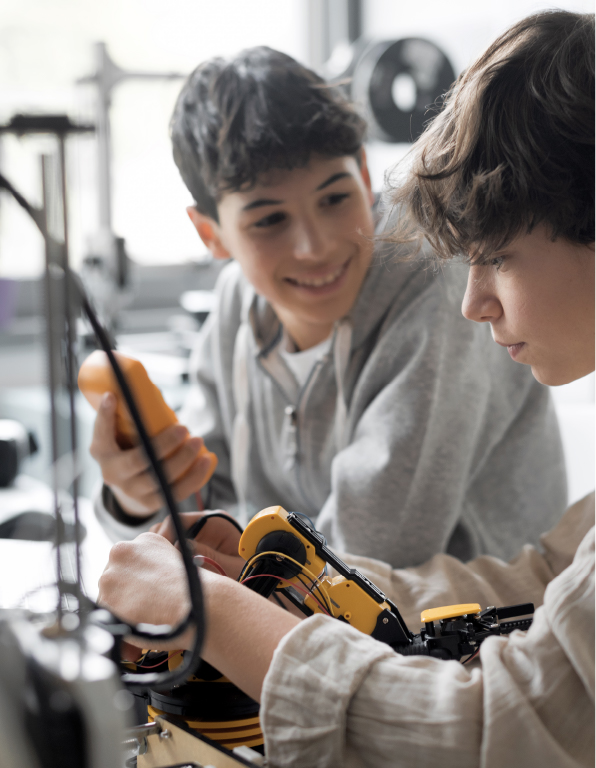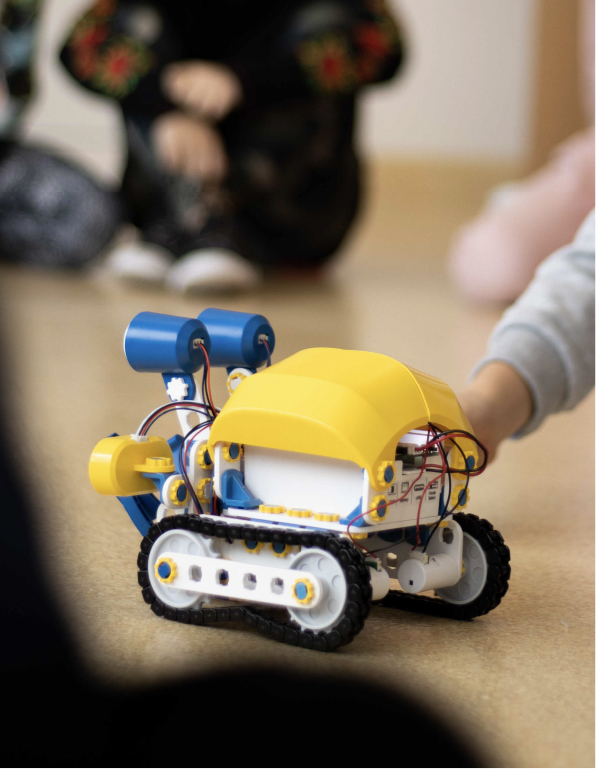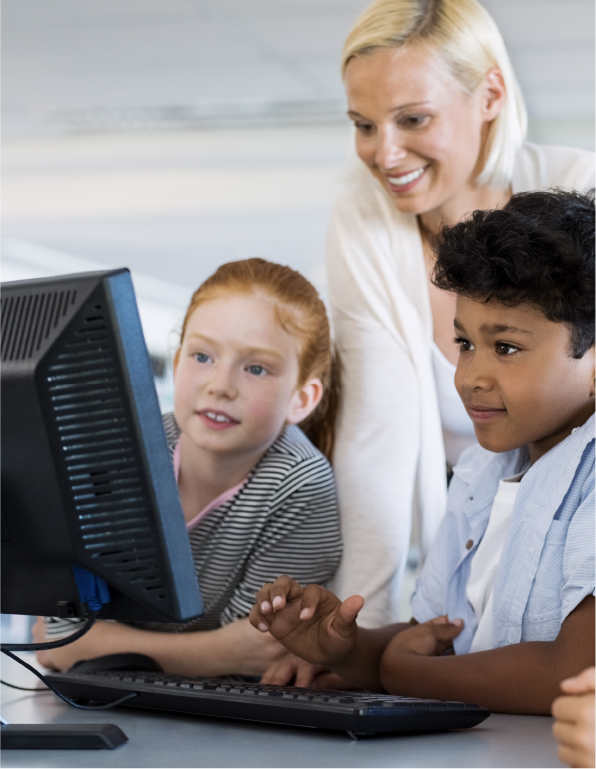
Introducing STEAM methodology for K12
Laboratory schools have been around in the United States for decades and are affiliated with a university. Designed to test and develop new education models, promote research, and train future educators, lab schools offer alternative learning environments to students. Starpoint School at TCU, which is in Fort Worth, Texas, and a part of Texas Christian University, provides students who have learning difficulties with the opportunity to reach their educational potential with the help of TCU faculty, staff, and the college’s students.
Julie Hulce is the visual arts instructor for the school. Her goal is to teach students about technology through an arts-based classroom. She does this by using engaging tools such as Skriware’s 3D Printer and eco-friendly printing filament and SkriBot educational robots.
Implementing Skriware in the classroom
With the new materials from Skriware, Hulce is learning along with her students. “As my students are learning step-by-step to build the SkriBots I am learning the same thing,” said Hulce. “It’s a great hands-on way to show students my own learning process and that even adults don’t have all the answers right away.”
Students in her fourth level class are working on putting together the robots and learning engineering skills as they build the robots. Students in fifth level are learning more about programming to get their robots moving. “I have used other robots for years, but students are super excited about using SkriBots,” said Hulce. “They love that the stick control is on the iPad and they can easily make it move and pick up things.”
In addition to using SkriBots, students in first through sixth level are constructing their own files that they will eventually print with Skriware’s 3D printer. “It is a great way to engage students and get them excited about learning,” said Hulce. “It’s also another way to teach students important life skills such as time management and organizational skills.”


Teaching Tech skills for K-12
Hulce’s visual arts class also includes students learning Adobe applications (including Photoshop and Premier), Sketch Up, Tinkercad, and Sculptris. Students go more in-depth with the software as they move up levels, and when they get to sixth level they get to lead the development of that year’s school yearbook.
While students are learning various technologies, they are also learning practical skills that will be helpful in the future. This includes learning about cloud-based and local programs, transferring files, and creating digital products in a practical way. Ultimately, this class teaches students many skills that will help them succeed outside of the classroom.


